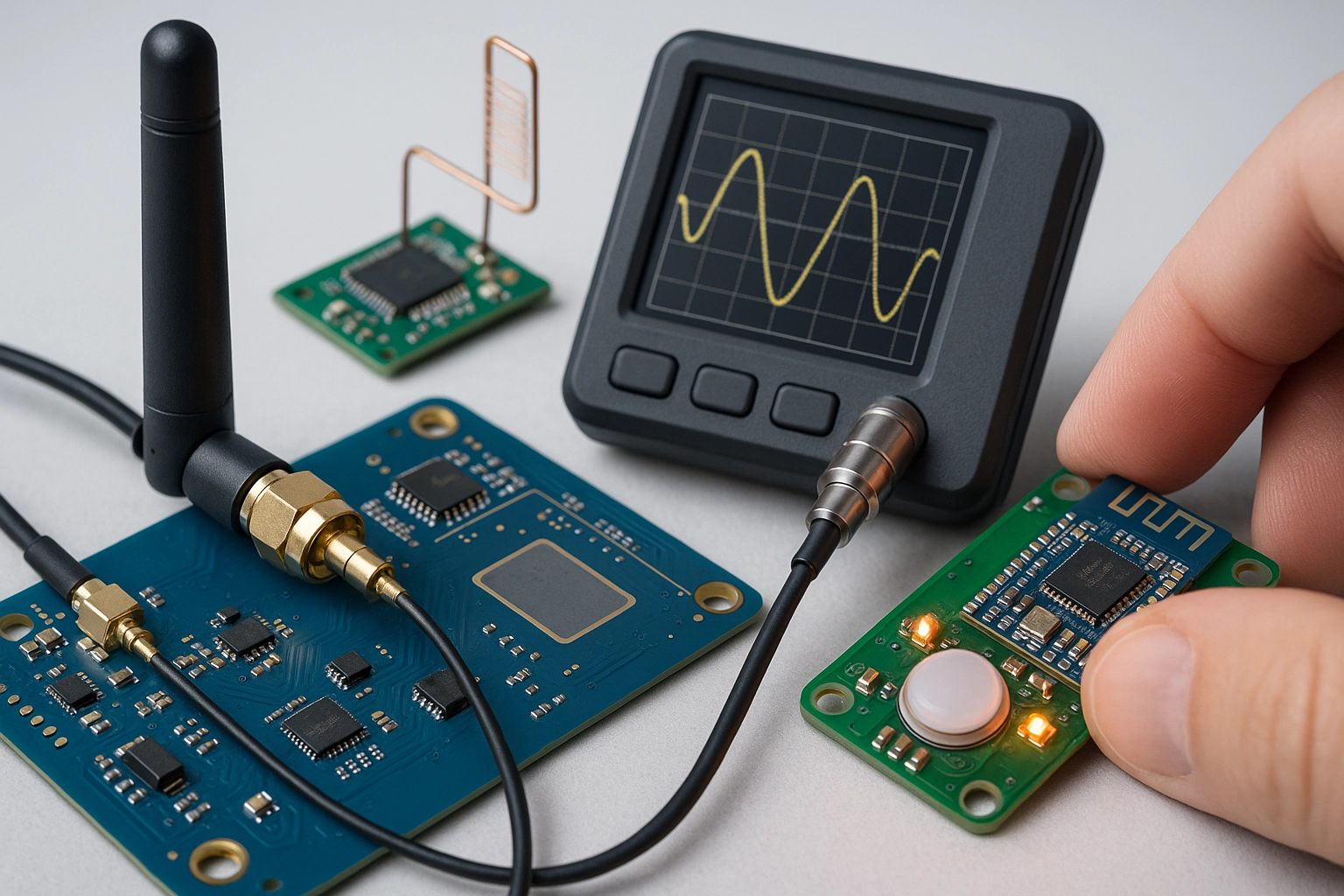SAE J2945 3 V2P Safety Communication Test
The SAE J2945 3 V2P (Vehicle-to-Pedestrian) safety communication test is a critical procedure designed to ensure that automotive systems adhere to the highest standards of pedestrian protection. This test evaluates the ability of vehicles equipped with advanced driver-assistance systems to communicate their presence and potential hazards to pedestrians, thereby enhancing road safety.
The SAE J2945 standard was developed to address the increasing demand for vehicle-to-pedestrian communication in modern automotive designs. It specifies a set of tests that assess the effectiveness of V2P communication systems in various scenarios, including but not limited to, forward collision warning, pedestrian detection, and emergency braking.
The test involves equipping vehicles with sensors such as cameras, radar, and LiDAR, which detect pedestrians within a specified range. The system then transmits this information wirelessly to the pedestrian's device (smartphone or dedicated V2P receiver), alerting them of any potential danger. This communication is essential in reducing accidents by providing early warnings that can help pedestrians avoid collisions with vehicles.
To perform the SAE J2945 3 V2P safety communication test, a controlled environment is typically set up to simulate real-world conditions. This includes placing mannequins or dummy pedestrians at various distances and angles from the vehicle. The test setup also includes signal generators that mimic the presence of vehicles in different positions relative to the pedestrian.
The testing process involves several steps:
- Calibration of sensors and communication devices
- Sensor data collection during vehicle operation
- Transmission of sensor data wirelessly to a receiver or smartphone app
- Analysis of received data for accuracy and reliability
- Evaluation of the system's ability to trigger alerts accurately
The success criteria for this test are based on predefined thresholds that must be met for each scenario. These include the accuracy of detection, the speed at which alerts are triggered, and the effectiveness of communication with the pedestrian device.
By ensuring compliance with the SAE J2945 3 V2P safety communication standard, automotive manufacturers can demonstrate their commitment to enhancing road safety and meeting regulatory requirements. This service is particularly valuable for quality managers, compliance officers, R&D engineers, and procurement teams who are responsible for ensuring that vehicles meet these stringent standards.
Why Choose This Test
The SAE J2945 3 V2P safety communication test is an essential part of the automotive quality assurance process, offering several key advantages to manufacturers and testers:
- Enhanced Safety: By identifying potential hazards early, this test helps reduce the incidence of pedestrian accidents.
- Compliance Assurance: Ensuring compliance with international standards like SAE J2945 is crucial for meeting regulatory requirements and avoiding costly penalties.
- Risk Mitigation: Early detection of system failures or malfunctions can prevent them from escalating into larger issues during vehicle deployment.
- Innovation Support: This test provides valuable data that can be used to refine and improve V2P communication systems, driving innovation in automotive technology.
The SAE J2945 3 V2P safety communication test is particularly beneficial for organizations involved in the development of advanced driver-assistance systems (ADAS) and autonomous vehicles. It allows them to validate their technologies against industry benchmarks, ensuring that they are reliable and effective under real-world conditions.
For quality managers, compliance officers, R&D engineers, and procurement teams, this test offers a clear path to achieving excellence in automotive safety standards. By incorporating SAE J2945 3 V2P into their testing protocols, these professionals can ensure that their products not only meet but exceed the expectations of regulatory bodies and consumers alike.
International Acceptance and Recognition
- ISO/IEC: The SAE J2945 standard is aligned with ISO/IEC standards, ensuring compatibility and interoperability across different regions.
- ASTM: ASTM International also recognizes the importance of V2P communication, and this test aligns closely with their guidelines for automotive safety systems.
- EN Standards: European automotive manufacturers are encouraged to follow EN standards that include provisions for SAE J2945-compliant testing.
- IEC: The International Electrotechnical Commission also acknowledges the significance of this test in promoting global safety and interoperability.
The widespread acceptance of the SAE J2945 3 V2P safety communication test ensures that manufacturers can confidently deploy their vehicles in markets around the world. This standardization is crucial for companies looking to expand their operations internationally, as it provides a consistent framework for testing and validation.
Environmental and Sustainability Contributions
The SAE J2945 3 V2P safety communication test plays an important role in promoting environmental sustainability by enhancing road safety. By reducing the number of pedestrian accidents, this technology helps prevent unnecessary vehicle emissions resulting from emergency braking or stops. Additionally, it contributes to a safer urban environment, which can lead to lower stress levels among pedestrians and drivers alike.
The use of advanced driver-assistance systems (ADAS) such as those tested under SAE J2945 3 V2P can also promote more efficient vehicle operation. This efficiency translates into reduced fuel consumption and lower greenhouse gas emissions, supporting the global effort to combat climate change.
Furthermore, by improving pedestrian safety, this technology helps reduce the need for costly medical interventions and hospitalizations associated with pedestrian injuries. This not only benefits individuals but also contributes to a more sustainable healthcare system.
The SAE J2945 3 V2P safety communication test is thus part of a broader strategy aimed at fostering safer, more efficient, and environmentally friendly transportation systems worldwide.





